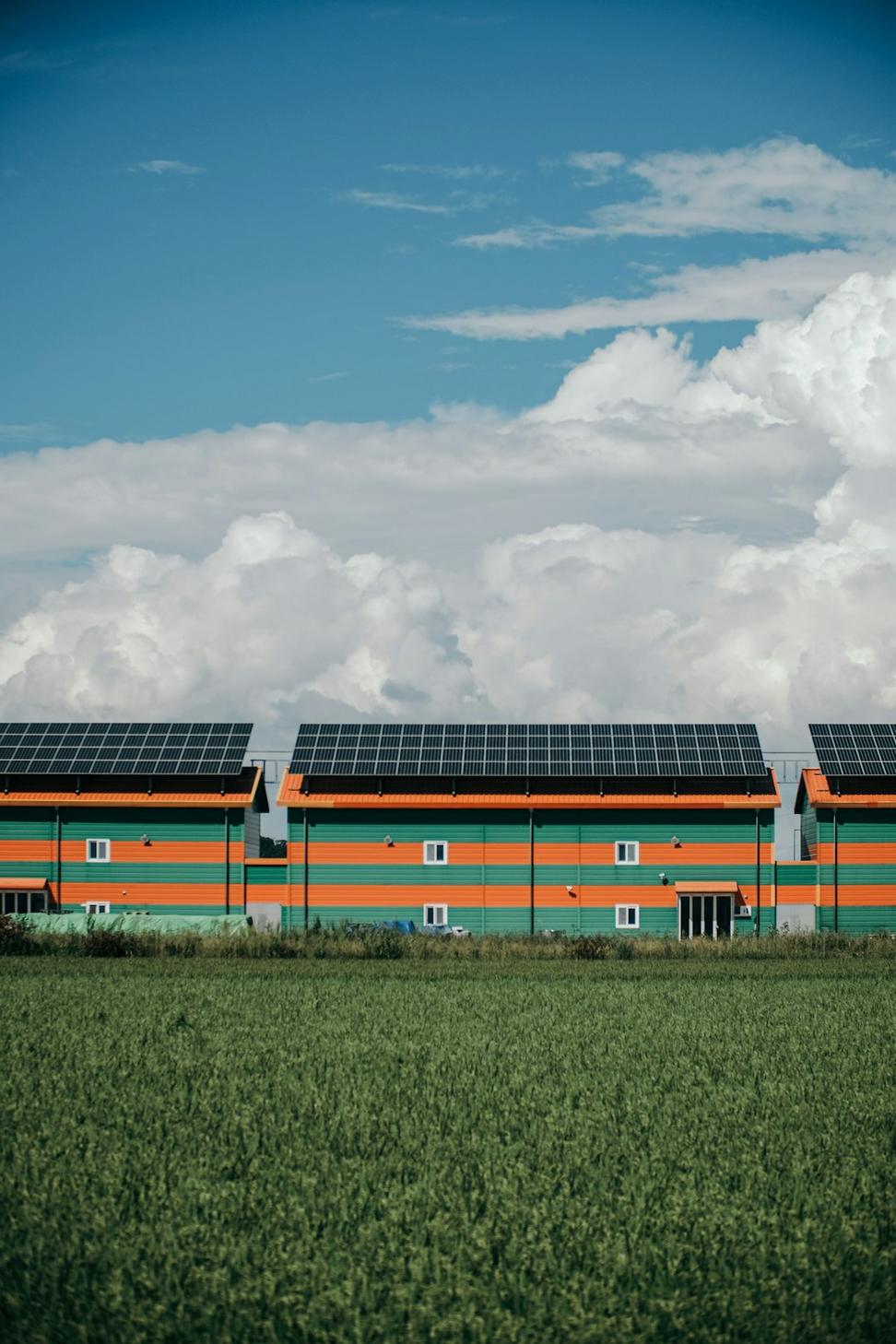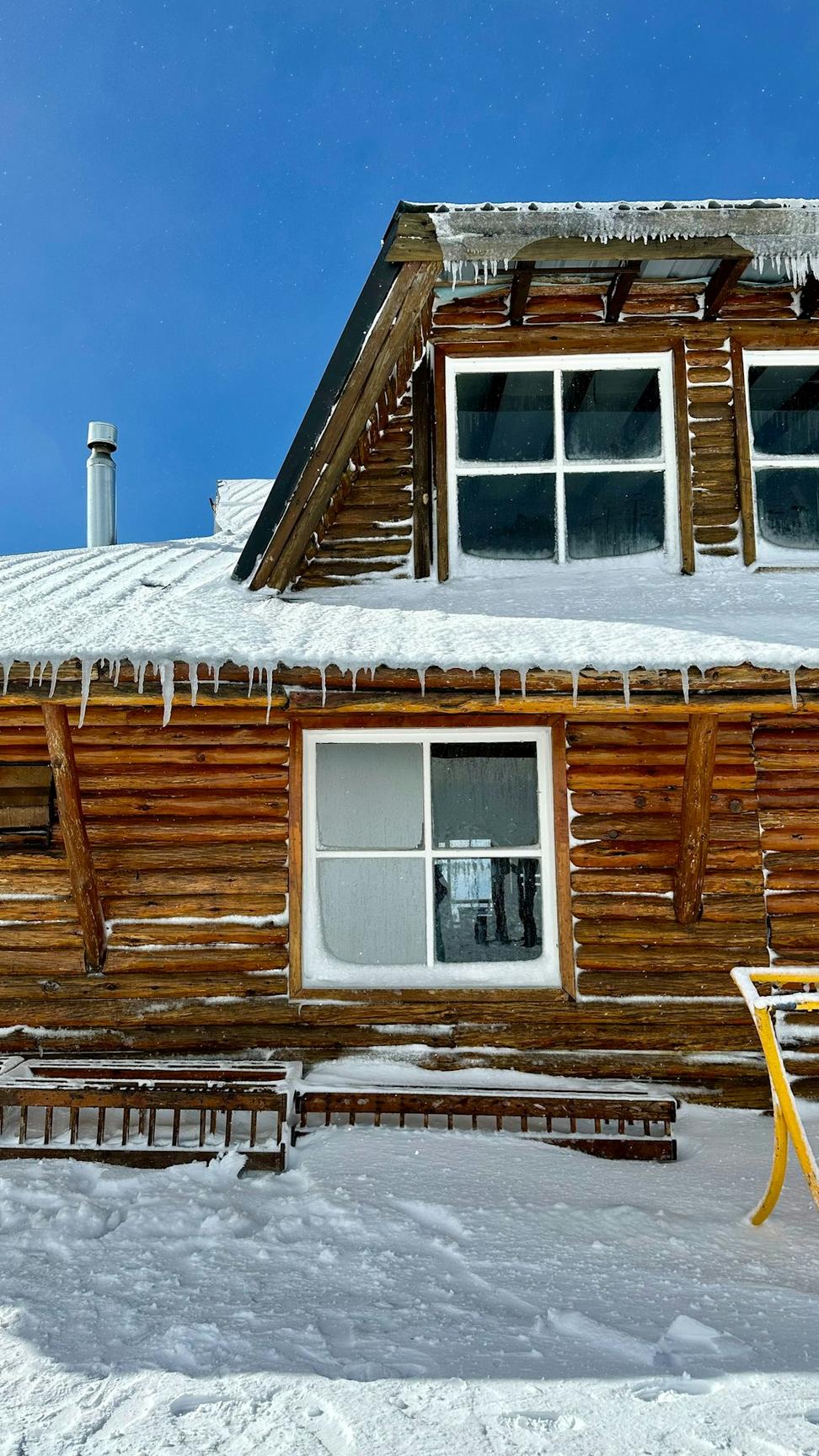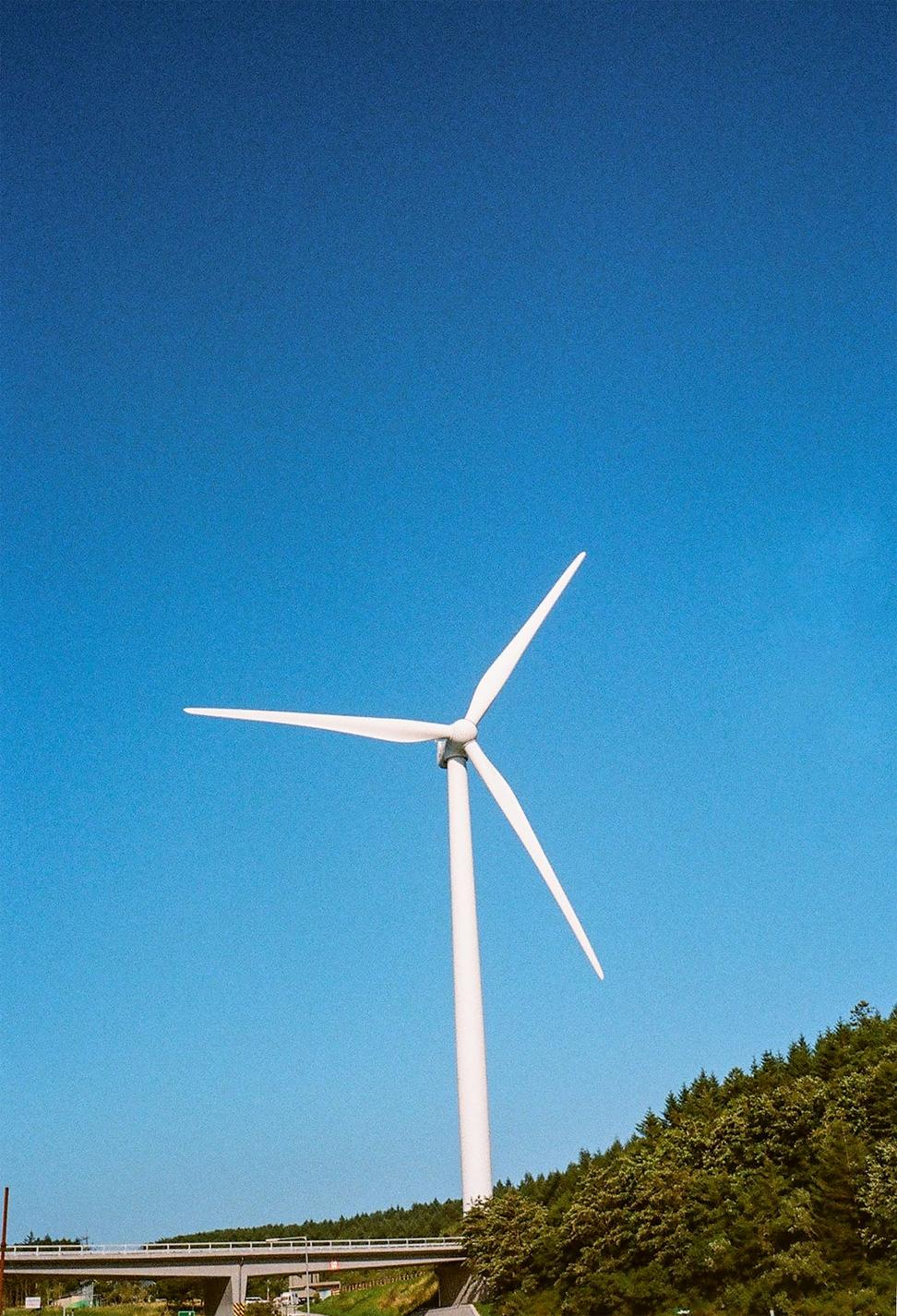
Building with the North, Not Against It
Our approach to sustainability isn't just about checking boxes - it's about creating structures that work with the land, respect the climate, and actually make sense for people living here.
Look, I've been designing buildings in cold climates for over fifteen years now, and I've seen too many projects that looked great on paper but fell apart when they met real northern winters. That's not how we work.
Sustainability in the Arctic isn't some trendy add-on - it's survival. When you're dealing with -40 degree temperatures, supply chains that get cut off for months, and communities that depend on expensive diesel generators, every design decision matters. We've learned that the hard way, through late-night calls about frozen pipes and buildings that cost way more to heat than anyone budgeted for.
What gets me excited nowadays isn't just slapping solar panels on a roof and calling it green. It's about digging into the actual challenges: How do we keep buildings warm without burning through someone's entire budget? How can we use local materials so communities aren't waiting six months for a shipment? How do we design spaces that respect Indigenous knowledge about living in these environments?
That's the stuff that keeps us going. Real solutions, not greenwashing.

Yeah, we've got the fancy certification. But here's what it means in practice: we know how to navigate the complicated world of green building standards, understand energy modeling software, and can help you qualify for government incentives and grants.
More importantly, we've used these frameworks on actual projects across BC and the territories. We know what works in theory versus what works when it's January in Whitehorse.
This one's a game-changer for northern buildings. Passive House standards are all about creating super-efficient building envelopes - basically making sure your heat stays inside where it belongs.
We've adapted these European standards for Arctic conditions, which required some creative problem-solving. The result? Buildings that use 75-90% less energy for heating. When heating costs are astronomical up north, that's not just environmental - it's economic survival.
This is where things get interesting. Net Zero means a building produces as much energy as it uses over a year. Sounds impossible in the Arctic, right? Well, it's challenging, but we've done it.
The trick isn't just alternative energy - it's radical efficiency first, then layering in solar, wind, and geothermal where it makes sense. We've worked with some brilliant engineers who understand permafrost and seasonal light variations.
This isn't a certification you get from a test - it's ongoing learning and relationship-building with Indigenous communities across the North.
We've been fortunate to work with Elders and community leaders who've taught us about traditional building methods, cultural considerations, and ways of thinking about shelter that go back thousands of years. That knowledge is absolutely vital for doing respectful, effective work in northern communities.
We spend a lot of time just listening. What are your actual needs? What's your budget - really? What are the local conditions, not just weather but community dynamics, material availability, cultural considerations? Can't design properly without understanding the full picture.
Everything else comes after understanding the climate. We model sun angles, wind patterns, permafrost behavior, snow loads. Orientation matters. Window placement matters. Insulation strategy matters. Getting these fundamentals right means the building works with nature instead of fighting it constantly.
What materials are actually available? What can be sourced locally? What needs to be shipped, and at what cost? We've designed beautiful buildings that became nightmares because someone didn't think through the logistics of getting materials to a remote site.
We run detailed energy models for every project. This shows exactly how the building will perform, where you'll lose heat, what your actual utility costs will look like. No surprises, no crossed fingers - just data.
We design for at least 50 years out. How will climate change affect this site? What maintenance will be needed? Can the building adapt if needs change? A sustainable building isn't just efficient - it's durable and flexible enough to remain useful for generations.
We don't just hand off drawings and disappear. Construction phase is where sustainability plans often fall apart, so we stay involved, making sure everything's being built the way it needs to be. Details matter enormously in cold climate construction.

We've been building a database of locally-available materials across northern Canada. Sounds boring, but it's helped reduce transportation costs and emissions on dozens of projects while supporting local economies.
Working with university researchers on foundation systems that work with thawing permafrost instead of pretending it's not happening. This is gonna be crucial as climate change accelerates.
We run workshops in northern communities teaching energy-efficient building techniques. The goal is local capacity-building so communities aren't dependent on southern experts for everything.
We track and publish the carbon impact of our projects - both construction and operational. Keeps us honest and helps clients understand the full environmental picture.
Honestly? We're still figuring stuff out. Anyone who tells you they've got all the answers for sustainable Arctic architecture is selling something.
Climate change is shifting things faster than we can adapt sometimes. Materials that worked great ten years ago might not be the best choice now. Building codes are evolving. New technologies keep emerging - some promising, some just hype.
What we try to do is stay curious, keep testing, share what we learn, and admit when something doesn't work. We've had failures - buildings that didn't perform as expected, systems that broke down, designs that looked better on paper than in reality.
The difference is we learn from those mistakes, document them, and make sure we don't repeat them. That's really what sustainability means to us - continuous improvement, not perfection.
Results from our projects over the past five years
Average energy reduction compared to standard construction
Buildings designed to Passive House standards or better
Of materials sourced from within 500km on recent projects
Communities where we've delivered training workshops
Whether you're planning a single home or a large community development, let's figure out how to make it work sustainably. No greenwashing, just practical solutions.